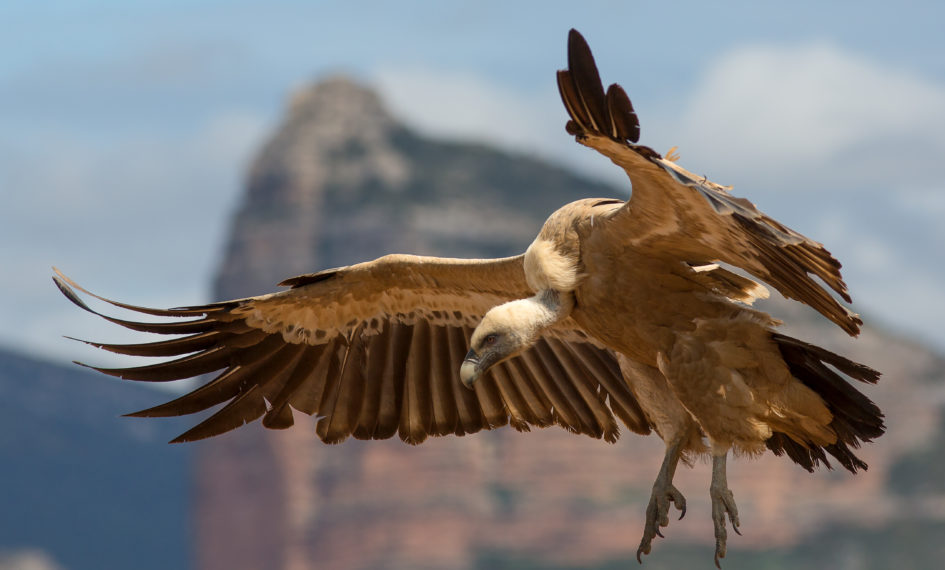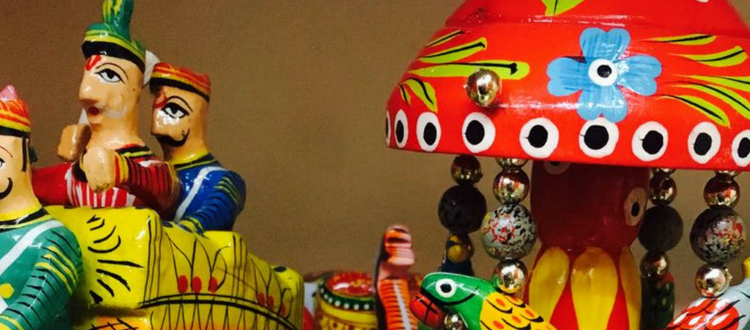India is home to more than 1250 species of birds.
This is estimated to be 13 percent of the total number of species in the world. There are over 925 breeding species (920 residents). The Indian birds belong to 25 groups called ‘Orders’, which are further divided into ‘Families’, ‘Sub-families’ and ‘Genera”
For birding in India, 13 bio-geographical regions can be demarcated: Trans Himalayan, Western Himalayas, Eastern Himalayas, Desert, Semi-arid, Gangetic plain, Central India, Deccan Plateau, Western Ghats, Eastern Ghats, North East, Coasts and the Andaman Nicobar Islands. The long coastline and the island territories provide an opportunity to watch and study a diverse variety of birds.

With over 30 wildlife parks and sanctuaries to choose from, it can become quite difficult to choose the right one to visit. The choices range from the Great Himalayan National Park in the North, the Thattekad Bird Sanctuary in the South to the Kaziranga National Park in the East & Rann of Kutch in the West.
So the trouble doesn’t arise from whether you should go. The question is always “where do I start?”
The Best Season for Birdwatching
The Winter months from October/November to February/March are usually preferred for birdwatching in India. However some argue that the onset of the monsoon brings about the inflow of many migratory birds and the real show begins with them.
The famous Sarus crane can be seen at the Keoladeo National Park in Bharatpur along with other aquatic birds during this time. Sighting of rare migratory birds include Black Winged Stilt, Demoiselle Crane, Greater Flamingo, Bar Headed Goose, Rosy Starling, Great White Pelican, etc.
Useful Equipment to Carry
- Binoculars
- Telescope/spotting scope (with tripod)
- Field guides
- Notebook (with pen)
- Recording device (optional)
- Camera/video camera (camera with zoom lens)
- Portable water bottle
- Cap/Sunglasses
The Dos and Don’ts of Being a Good Birdwatcher
As a birdwatcher it is your duty and responsibility to be respectful of the environment around you.
- Please make the effort to not disturb the birds in their natural habitat. Remember you are going into their home, so you’re the outsider.
- Loud noises, especially, should be kept at an arm’s length, so switch your phone and any other devices off while you’re in the park.
- Also, please don’t leave a trail of trash behind you. We highly recommend carrying a bag for disposables that can be tossed away later.
- Finally, do maintain your distance from the birds at all times. Birdwatchers must remember that they’re in the wild habitat to observe, learn, and experience these wonderful beings. If you do happen to come across an injured bird, don’t run to its aid; call a park official or make the authorities aware of the situation. Please stick to the designated trails at all times.
The Bottomline on Birdwatching
Birdwatching requires patience in abundance if you’re really after the prizes of the journey. Whether you’re a birdwatching veteran, or if you’re just beginning your foray into this very rewarding experience, we can help you with your plans.
Contact us if you’d like to get started. We’ll be happy to help!




